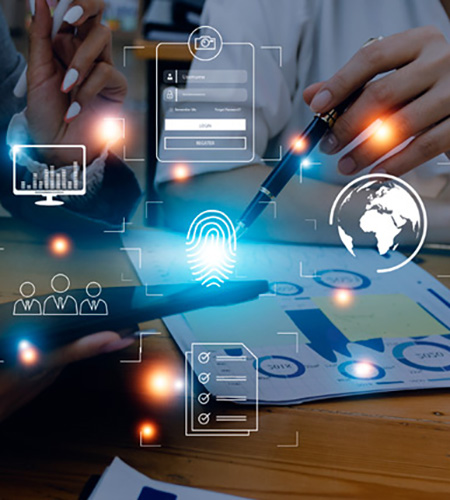IAM provides approved entities with secure access to company resources (emails, databases, data, and apps) with the least amount of interference possible. Managing access is intended to allow the correct personnel to carry out their duties while preventing unauthorized individuals, such as hackers, from entering.
Secure access is necessary for more than just staff members using company computers. Contractors, suppliers, business associates, and individuals using their own devices are also included. IAM ensures that the appropriate level of access is granted to the appropriate person on the appropriate machine at the appropriate time. IAM is an essential component of contemporary IT because of this and the part it plays in an organization’s cybersecurity.
Every time an access attempt is made, the company may promptly and precisely confirm an individual’s identity and that they are authorized to use the requested resource thanks to an Identity and Access Management (IAM) system.



